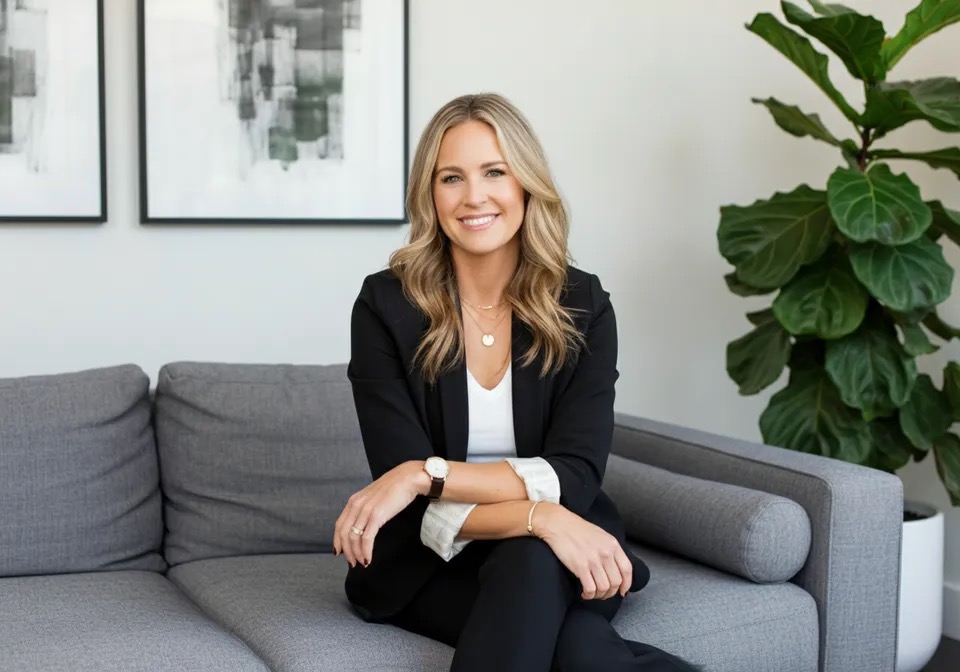
Product issues are an unfortunate reality in the interior design world. A recent scenario shared by a designer highlights the complexities: a luxury shearling rug faded after exposure to sunlight in a sunny Miami home. The vendor didn’t disclose the possibility of fading, the designer’s contract disclaimed responsibility for defects or fading, and the rug, installed a year after purchase, had a hefty price tag of $16,000.
The big question: who bears the responsibility? And how do you maintain a good client relationship while protecting your business? Let’s break it down and explore solutions for handling similar situations.
Understanding the Core Issue
In this case, the fading resulted from a combination of factors:
- Sunlight Exposure: Natural fibers like shearling can fade when exposed to direct sunlight, especially in tropical climates.
- Lack of Disclosure: The vendor didn’t mention sunlight as a risk factor during the presentation.
- Delayed Installation: The rug sat uninstalled for over a year due to construction delays.
While the designer’s contract disclaimed liability for product flaws, fading, or defects not represented by the vendor, the situation still poses challenges in terms of client satisfaction and brand reputation.
Best Practices for Avoiding Product Issues
1. Proactively Educate Clients
Even if it isn’t explicitly stated by vendors, it’s crucial to inform clients about potential risks with materials and products, such as fading, wear, or environmental impact.
- Example: Explain that natural fibers like wool and shearling may react to sunlight and recommend UV window film or protective treatments.
2. Vet Vendors Thoroughly
Partner with vendors who are transparent and provide comprehensive product information. Establishing strong vendor relationships ensures that you’re well-supported when issues arise.
3. Use Clear Contracts
Your contract should protect you while also setting clear expectations for clients. Key elements include:
- A clause disclaiming liability for manufacturer defects or improper use.
- A provision transferring all warranties directly to the client.
- Clear language outlining who is responsible for pursuing claims.
4. Document Everything
Maintain records of vendor presentations, product specs, and communications with the client. This documentation can support your case if disputes arise.
5. Learn from Mistakes
Every issue is an opportunity to refine your processes. For instance, after encountering this issue, the designer could implement a checklist for vetting new materials and products.
Strategies for Resolving Product Disputes
When product issues arise, resolving them with professionalism is key. Here’s how:
1. Assess the Situation
- Is the issue a manufacturer defect, misuse, or an inherent characteristic of the material?
- Was the risk disclosed during the sale?
2. Communicate with the Vendor
Vendors may be willing to provide solutions such as partial refunds, replacements, or repair options, especially if they value your partnership.
3. Offer a Goodwill Gesture
Consider offering solutions that don’t heavily impact your bottom line, such as:
- Facilitating repairs or recoloring the rug.
- Replacing the rug at cost.
4. Balance Client Retention with Cost
If the client is likely to bring future business or referrals, consider absorbing some costs as an investment in the relationship.
Insights from the Interior Design Community
Here’s how fellow designers approach similar situations:
- Allison.Faith.Morgan: “I’d offer to get them a replacement at cost. It’s a goodwill gesture, but you aren’t losing money.”
- MarkEckstrom: “We include liability and warranty clauses in every contract. If a product fails after installation, the client needs to pursue it with the manufacturer.”
- MeredithHeronCollection: “It’s our job as designers to understand how a piece will perform. While we can’t warranty products, we need to ask vendors about sunlight, traffic, and other environmental factors when specifying.”
- Cougill_Trim_and_Cabinets: “Cover repairing the rug and advise them to install UV film to prevent it from happening again. I would NEVER refund the rug.”
Key Takeaways
Handling product issues like fading rugs requires a combination of clear contracts, proactive communication, and strategic problem-solving. While it’s important to protect your business from liability, maintaining strong client relationships should also be a priority.
By educating clients, partnering with reliable vendors, and documenting every step of the process, you can minimize disputes and confidently navigate any that arise.
Your Turn!
Have you faced a similar situation with product issues in your design projects? Share your strategies and lessons learned in the comments below!

